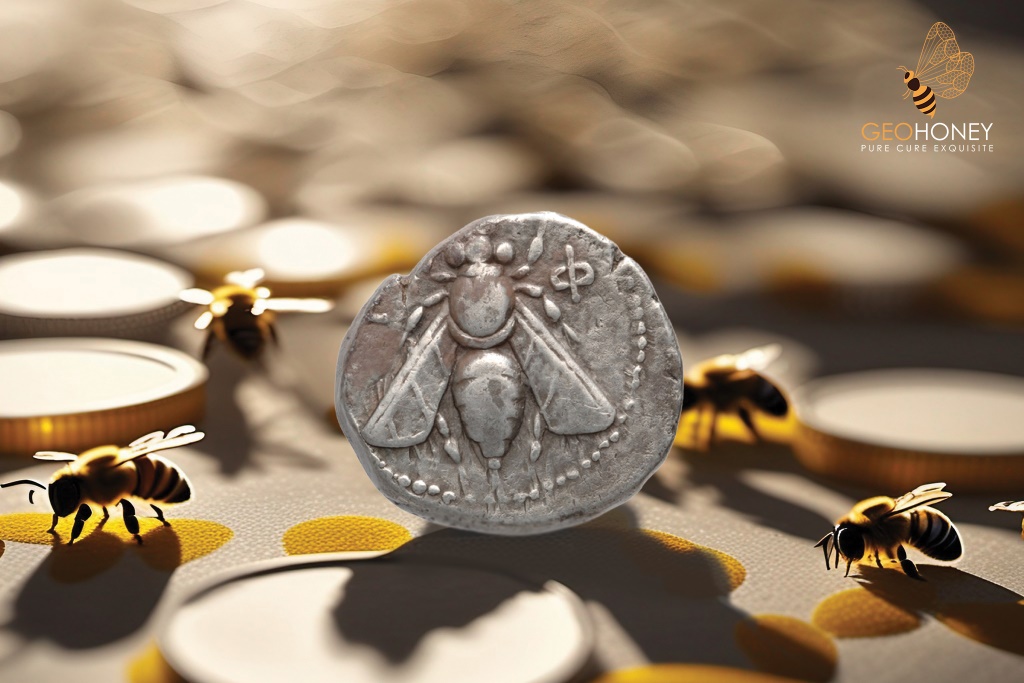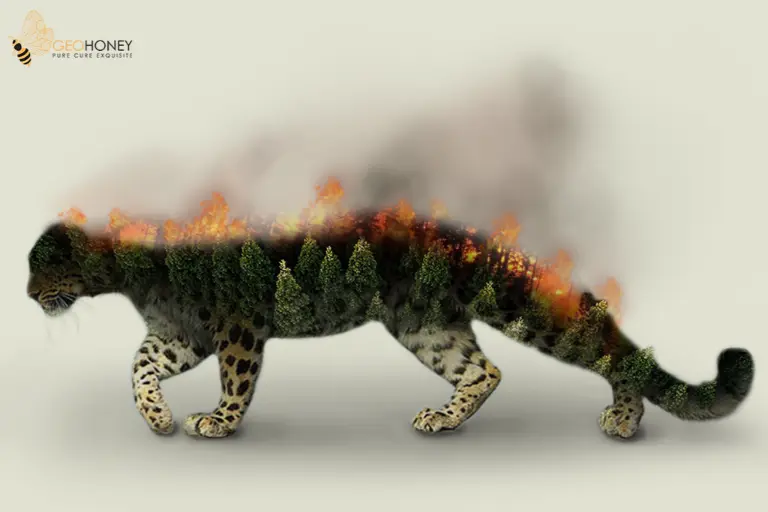- Tokyo: 18:15
- Singapore: 17:15
- Dubai: 13:15
- London: 09:15
- New York: 04:15
The Ancient Connection Between Bees and Money

The Royal Australian Mint will release a $2 coin with honeybees on it in 2022. A mint in the kingdom of Macedon had the same concept around 2,400 years ago, making a silver obol coin with a bee etched on one side. Currency indicating a symbolic link between honey and money has been surprisingly widespread in the centuries between these two events.
In a recent article published in Australian Coin Review, I follow the bee through numismatic history - and propose a scientific explanation for why our brains could naturally draw a link between the melliferous insects and the abstract concept of value. Money is a store of value that can be used to exchange products or services. Coins are a long-lasting representation of value since they are a tangible embodiment of money.
Since ancient times, coins have played an important role in many communities to facilitate efficient trade. Because of their endurance, they serve as valuable time capsules.
Honey was famous in ancient Malta. The contemporary 3 Mils coin (1972-81) depicts a bee and honeycomb to commemorate this heritage. The information card included with the coin set states: Bees appeared on some of Europe's oldest coins in ancient Greece. A bee appears on one side of a silver Greek obol coin made in Macedon between 412 and 350 BCE and currently housed in the British Museum.
Bees can also be found on coins created in the ancient Greek civilization, such as a bronze coin minted in Ephesus between 202 and 133 BCE. Bees appeared on ancient coins for many years, including extensively circulating bronze coins, and new varieties are still being uncovered.
Why have bees featured on so many coins? One approach to this subject comes from the study of neuro-aesthetics, which aims to explain human preferences by delving into the fundamental brain processes that support aesthetic perception. According to this theory, the sweet taste of honey, which reflects the high amount of sugar it contains, stimulates pleasant brain activity linked with bees and honey.
Indeed, primatologist Jane Goodall previously claimed that acquiring high-calorie nourishment from bee honey was a critical step in ape cognitive growth. As a result of their link with the sweet taste of honey, our brain may be pre-adapted to like bees. Early depictions of bees on coins may have served as a functional demonstration of the relationship between a recognised value (honey) and a new form of currency: coins as money.
From ancient to current times, bees have been used as a design component. A honeybee visits a flower on a ten-centesimi bronze coin minted in Italy from 1919 to 1937. (As an aside, the world's only pure Italian honey bee stock is found in Australia, on Kangaroo Island, which was designated a Ligurian bee sanctuary by an act of parliament in 1885.)
More recently, a 20-seniti coin from Tonga depicts 20 honey bees flying out of a hive. This coin was part of a series launched by the United Nations Food and Agriculture Organisation to promote sustainable agricultural and cultural development around the world.
Bees are important in this context since their pollination activities contribute to around one-third of the food required to feed the world, with a yearly worth in excess of US$200 billion, and they are threatened by climate change and other environmental concerns.
The present interest in bee coins may be influenced by public awareness of bees and environmental sustainability. The diversity of countries employing bees as a design component on coins throughout history demonstrates that humanity has long viewed the relationship with bees as crucial to our own prosperity.
The 2022 honeybee $2 coin is part of a series created by the Royal Australian Mint. The Perth Mint in Western Australia also issued coins and stamps honouring native bees in 2019. Despite the collapse of cash, bee coins appear to be thriving. Human society's buzzing companions are going to remain a key subject for coin design for as long as coins are utilised.The Discussion.
Source: sciencealert.com




So since then, the bee has already marked our lives, especially being etched on a coin during ancient time.